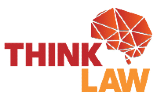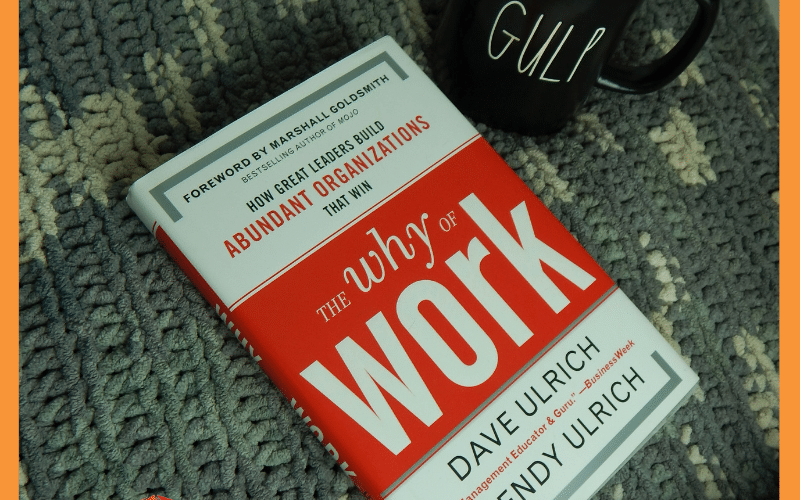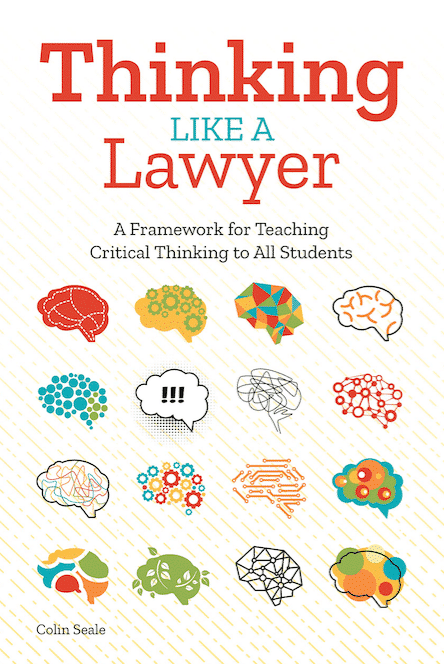By Dave and Wendy Ulrich
Do you like to read but don’t have enough time? Don’t worry! We’ve got your back! Introducing the new thinkLaw series: 200ish Word Book Reports. We’ll do the reading for you AND make a connection to our shared work in the critical thinking revaluation!
In the book, The Why of Work, authors Dave and Wendy Ulrich—the “father of modern HR” and a psychologist, respectively—seek to find the “why?” behind success. As researchers have studied work, they’ve found that we all work for meaning above everything else, including money. Through our work we often find purpose, connection, and value. Employee meaning is the lead indictor of organizational abundance and organizational prosperity.
The big question this book seeks to answer is: How do great leaders create, for themselves and others, a sense of abundance (meaning, purpose, hope, pleasure) that not only engages employees but also delivers value to customers, investors, and communities?
Leaders set the tone for any organization and they should begin by looking inside themselves and identifying their own personal values and strengths. What are you known for? Where are you going?
The Take-Away
For the sake of full disclosure, a building administrator gave this book to the entire staff at a back-to-school professional development day I attended a few years ago. I never read it! It’s sat on my bookshelf for several years until recently. This experience is part of the inspiration for our 200ish Word Book Report Series. There are so many powerful books and so little time to read them!
There are often truths in business management books that have direct applications in classrooms. The Why of Work is no exception. In the book, the authors talk about how quickly you can go into a business or office and get a feel for the culture of the group. The book contains checklists and suggestions for measuring the culture of a workplace. People don’t work well in environments where they don’t feel safe and happy and neither do children. Teachers are CEOs of their rooms and are guiding their students to find meaning in the work of learning.
One quick test that would apply well to schools comes from a fast food restaurant. The chain had a three-stop protocol for determining friendliness that could easily be applied to schools by swapping the terms “customer” and “employees” with “teacher” and “students.”
1. Do our teachers smile at students?
2. Do our students smile back?
3. Do our students smile at each other?
It’s so easy to put school culture and happiness far behind everything else we have to do. (I just now read the book like six years later for goodness’ sake!) But it’s important for us to take the time to develop a safe and welcoming environment. Improvements in school culture will lead to improvements in academics and make everyone happier!









Leave a Reply